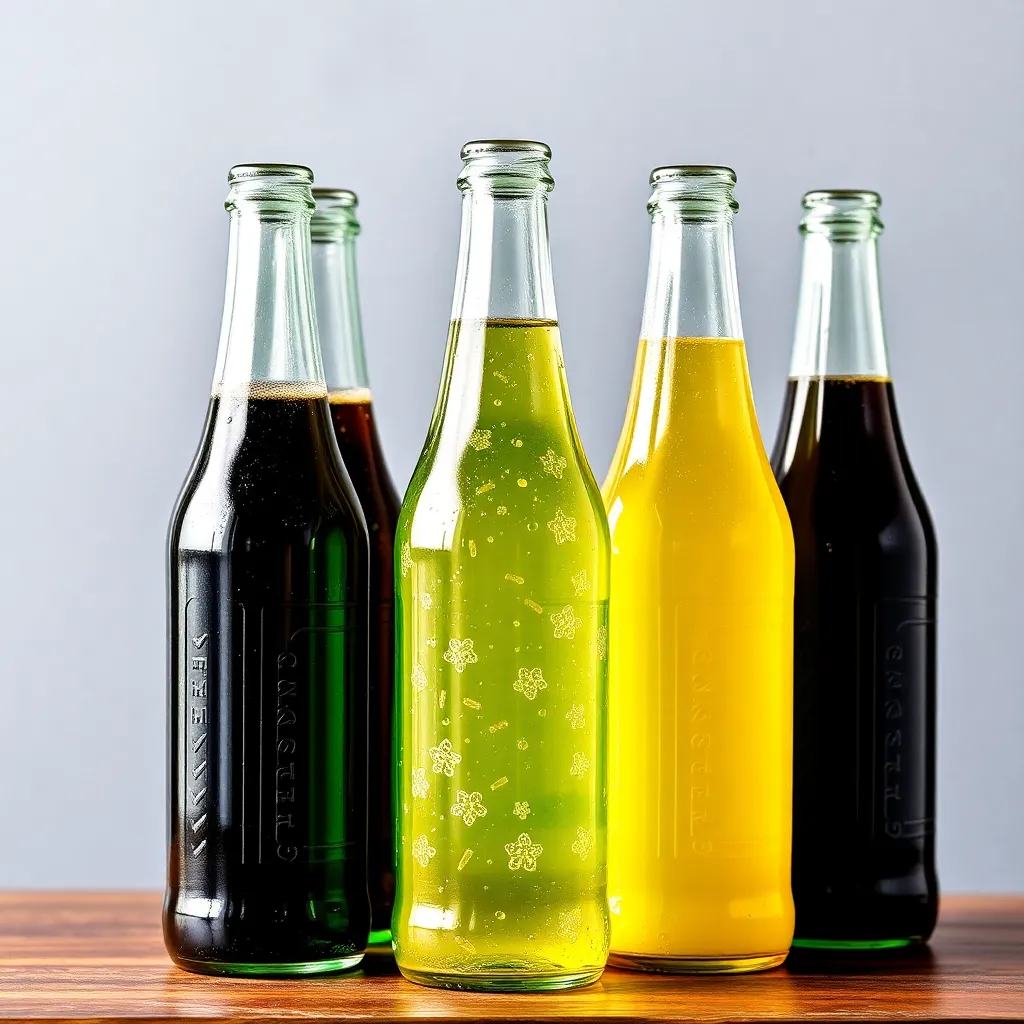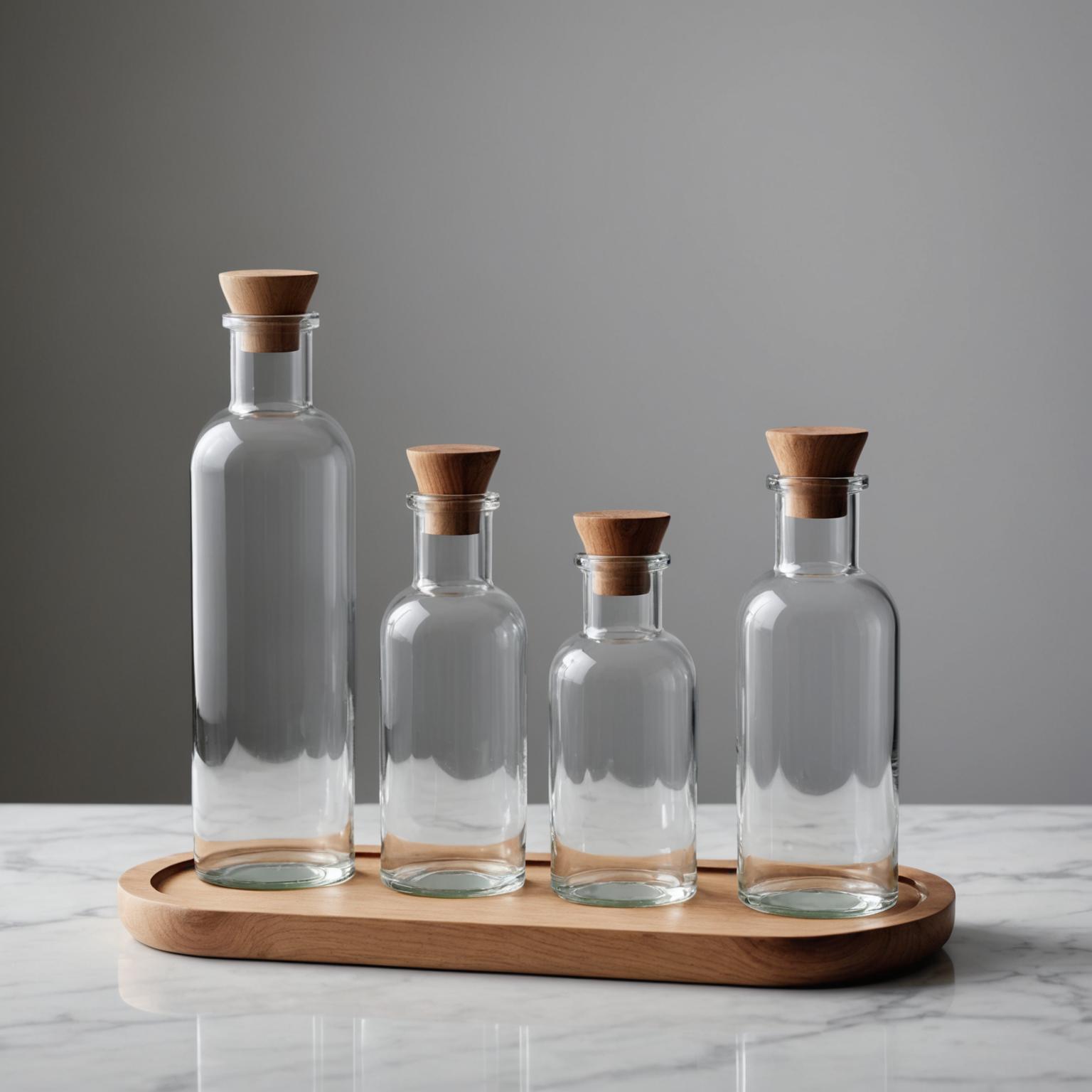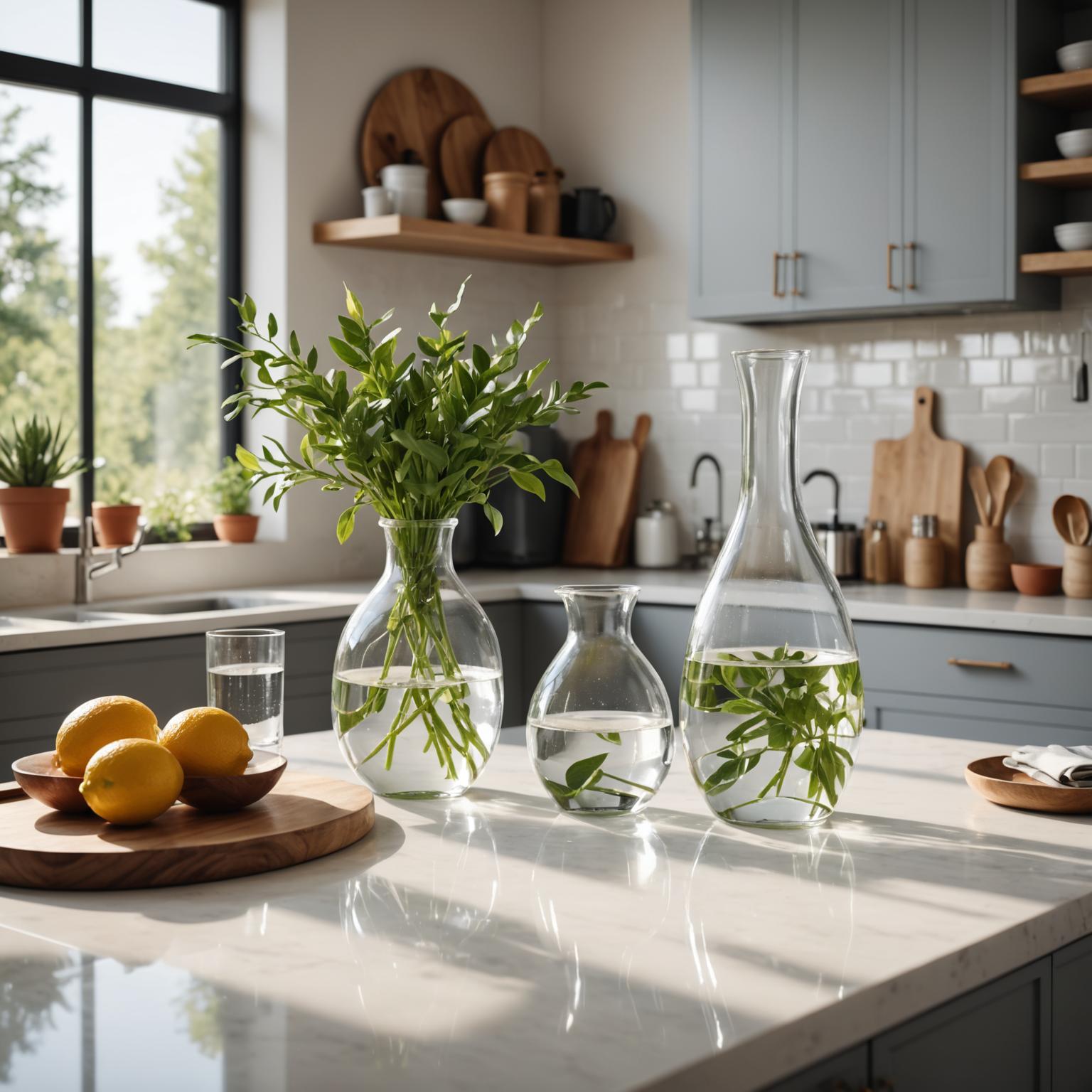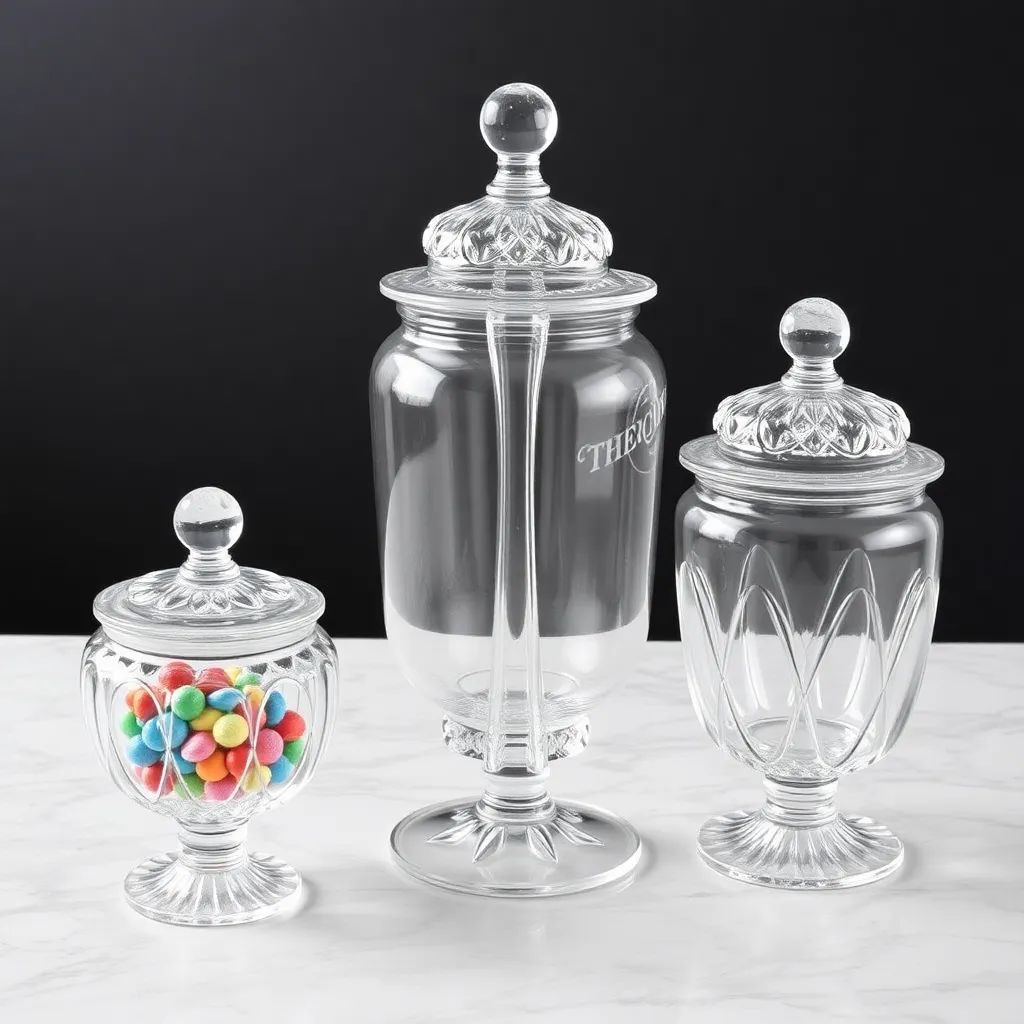Introduction to the manufacture of tinted glass bottles
Stained glass bottles are staples in functional and aesthetic applications, for skin and hair care products, decorative uses, and more. Their vibrant gemstone hues (such as amber, teal, green, and magenta) add a sophisticated touch to everyday objects. But have you ever wondered what the process of making these beautiful and sustainable items is like? The manufacture of stained glass bottles combines art and science to make containers not only look stunning, but also reusable and recyclable, perfectly aligned with modern sustainability goals.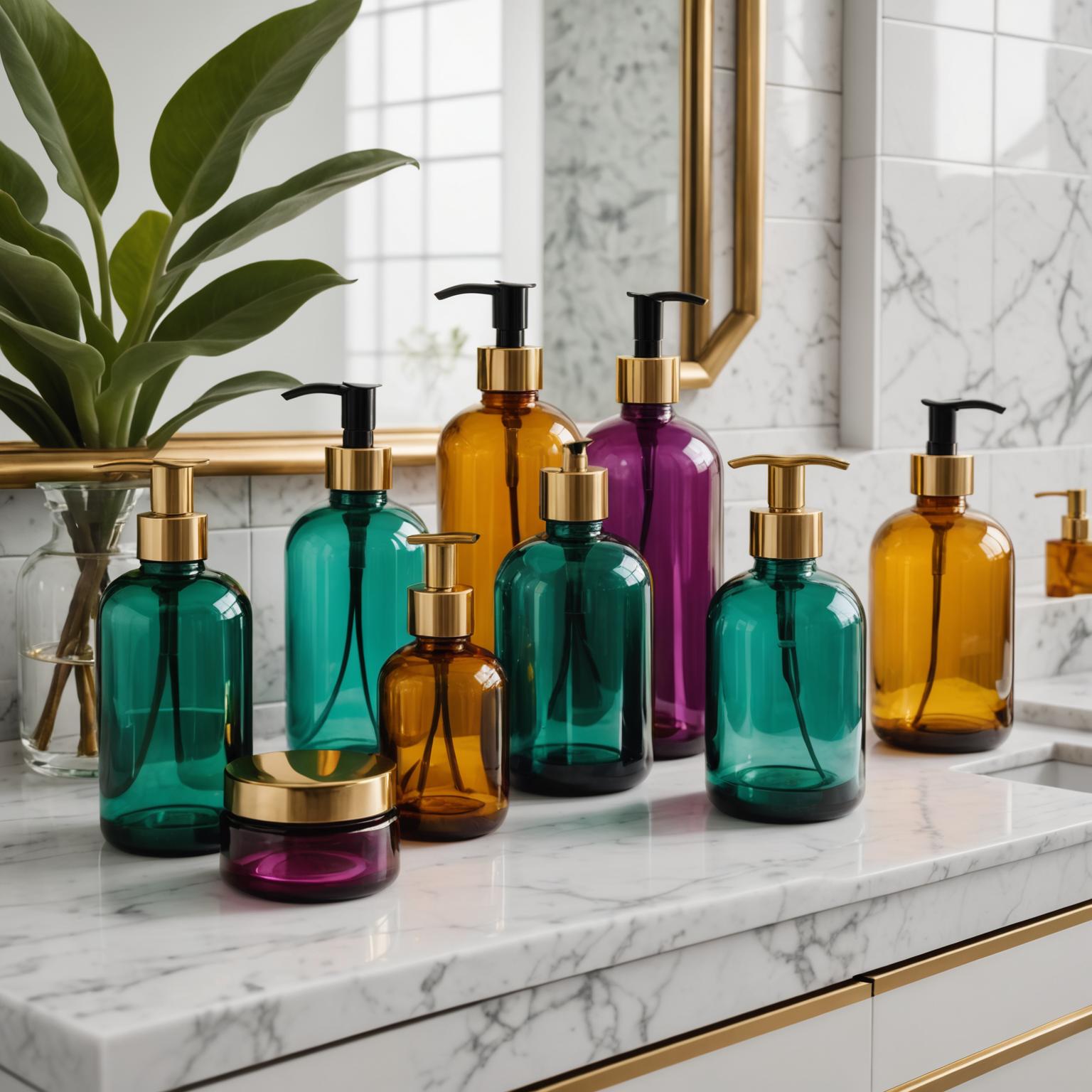
In this article, we will uncover the intricate details behind the production of colored glass bottles. Discover how raw materials can be transformed into vivid bottles that will grace your skincare shelves or decorate your personal space. We'll also delve into the benefits of choosing such eco-friendly options for your daily life, whether it's for skincare, hair care, or just adding a touch of luxury to your home.
Raw materials for the production of colored glass bottles
The first step in the process of manufacturing colored glass bottles is to obtain high-quality raw materials. Standard glass is made up of three main components: sand (silica), soda ash, and limestone. In order to obtain the desired hue in a colored glass bottle, metal oxides are added to this mixture. For example, iron oxide can give glass a green color, while cobalt oxide can produce a striking blue hue. The addition of selenium or sulfur can result in an amber or red color.
This mixture of raw materials is carefully measured and then melted together in a furnace at temperatures up to 1700°C. Achieving consistent color requires precise material composition and furnace temperature control. The molten glass is then homogenized to ensure that the final product has an even, uniform color – an important factor in creating quality bottles for products such as luxury serums and essential oils.
Molding process: Shape and size are created
Once the molten glass has reached the desired color and consistency, the next stage is to make it into bottles of various shapes and sizes. There are two main technologies used in the production of tinted glass bottles: blow blowing or pressure blowing.
In the blow molding process, pre-formed glass spheres, called glasses, are placed into a mold. Compressed air is then used to blow the glass into the shape of a mold, forming the initial structure of the bottle. This technique is ideal for products such as perfume bottles or small jars that are commonly used for creams and scrubs.
For larger bottles, such as pump bottles designed for shampoos or shower gels, the press-blow method is usually used. In this method, the plunger presses the glass into the mold, creating a precise inner cavity while saving material. This ensures that the bottle is lightweight and strong, making it ideal for reusable and recyclable applications.
The finishing touch: adding luxury and functionality
After molding, the bottles are inspected and quality controlled to eliminate any defects. But in addition to practicality, the integration of design elements also plays a crucial role in enhancing the visual appeal and functionality of these bottles. Many stained glass bottles are topped with decorations such as gold pump dispensers, screw-in caps, or spray caps to elevate their aesthetic and functional aspects.
For example, the sleek gold accents on our premium glass containers not only add a touch of elegance, but also provide practicality by ensuring airtightness. This helps maintain the freshness and potency of the stored product – whether it's a moisturizer, serum, or DIY beauty mix. Additionally, an engraved logo or custom design can make the bottle stand out while staying consistent with the brand image.
Why choose tinted glass bottles?
Stained glass bottles are not only aesthetically pleasing, but they are also an eco-friendly choice to support sustainability efforts. Unlike plastic containers, which usually end up in landfills, glass bottles are both reusable and recyclable. Being able to refill these containers with favorite products means less waste and a more eco-friendly lifestyle.
In addition, the stained glass provides better protection for the contents inside. For example, amber glass is known for its ability to protect products from harmful UV rays, maintaining the integrity of sensitive ingredients in skin and hair care products.
Imagine adding a bold teal jar or earthy green bottle to your vanity or bathroom. Not only do they fit seamlessly into a minimalist design aesthetic, but they also stand out as stunning statement pieces. With their durable and reusable qualities, these bottles redefine luxury while cultivating a sense of responsibility for the environment.
Application: Transform function into art form
Colored glass bottles have their uses in a variety of applications. For skincare enthusiasts, they are the perfect container for serums, creams, or essential oils. Hair care enthusiasts can enjoy their features by storing shower gel and shampoo in large pump bottles. Compact jars are perfect for use with scrubs, masks, or other DIY beauty products.
The range of jewel-toned colors plays into the versatility of these bottles, complementing different styles and spaces. Whether you're creating spa-like tranquility or bold modernism, these radiant glass containers elevate the look and feel of your personal care routine. When these bottles are set against lush greenery or other natural backdrops, they bring a sense of indulgent self-care that transforms daily rituals into miniature retreats.
Conclusion: The future is in glass
The allure, functionality, and eco-friendliness of the stained glass bottle make it an unrivaled choice for the modern consumer. From the complex production process to the sustainable design, every detail of these bottles speaks of quality and care. Thanks to advances in technology and craftsmanship, we now have glass containers that not only meet our functional needs, but also reflect our aesthetic tastes and environmental values.
So, the next time you use a vibrant green or earthy amber jar, remember the rich history and intricate approach to making these fascinating pieces. Whether you're stocking your favorite skincare products, indulging in DIY projects, or just admiring its stunning design, stained glass bottles aren't about practicality, they're about art and sustainability. By choosing these, you are embracing the eco-conscious option, one elegant bottle at a time.
PauPack: Eco-Friendly PET PCR Packaging for Skincare
PauPack provideshigh-quality PET PCR bottles, offering skincare brands asustainable and stylish packaging solution. Made from post-consumer recycled PET, these bottles help reduce environmental impact without compromising aesthetics.
Ouradvanced production techniquesensure durability and customization options, includingsilk-screen printing, hot stamping, and matte finishes, allowing brands to create a distinct and eco-conscious identity.
Choose PauPack forinnovative, sustainable packagingthat supports both your brand’s vision and a greener future.




